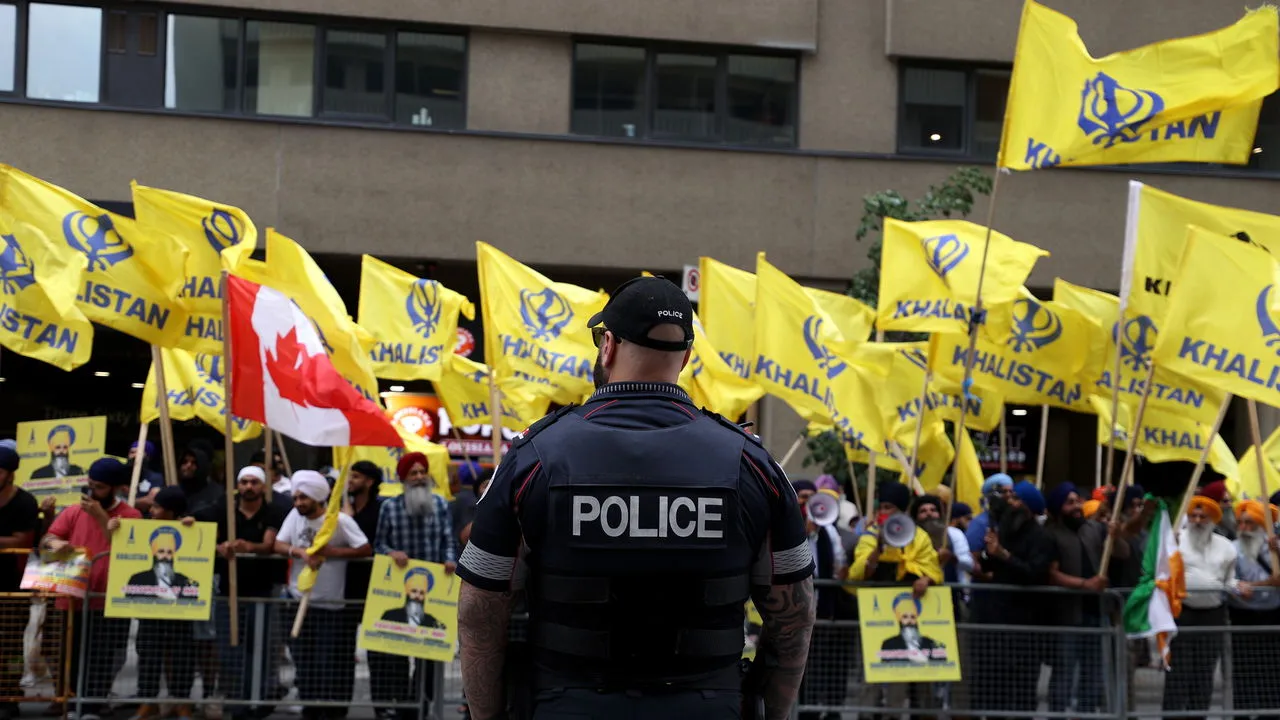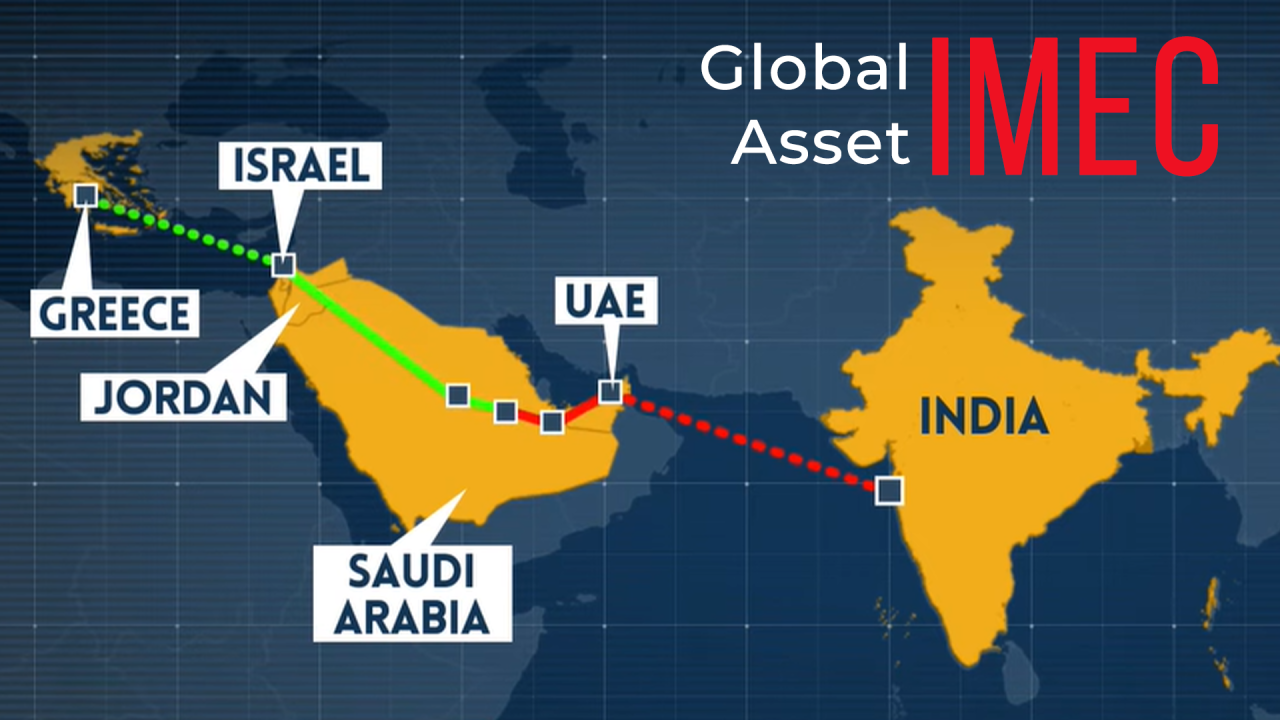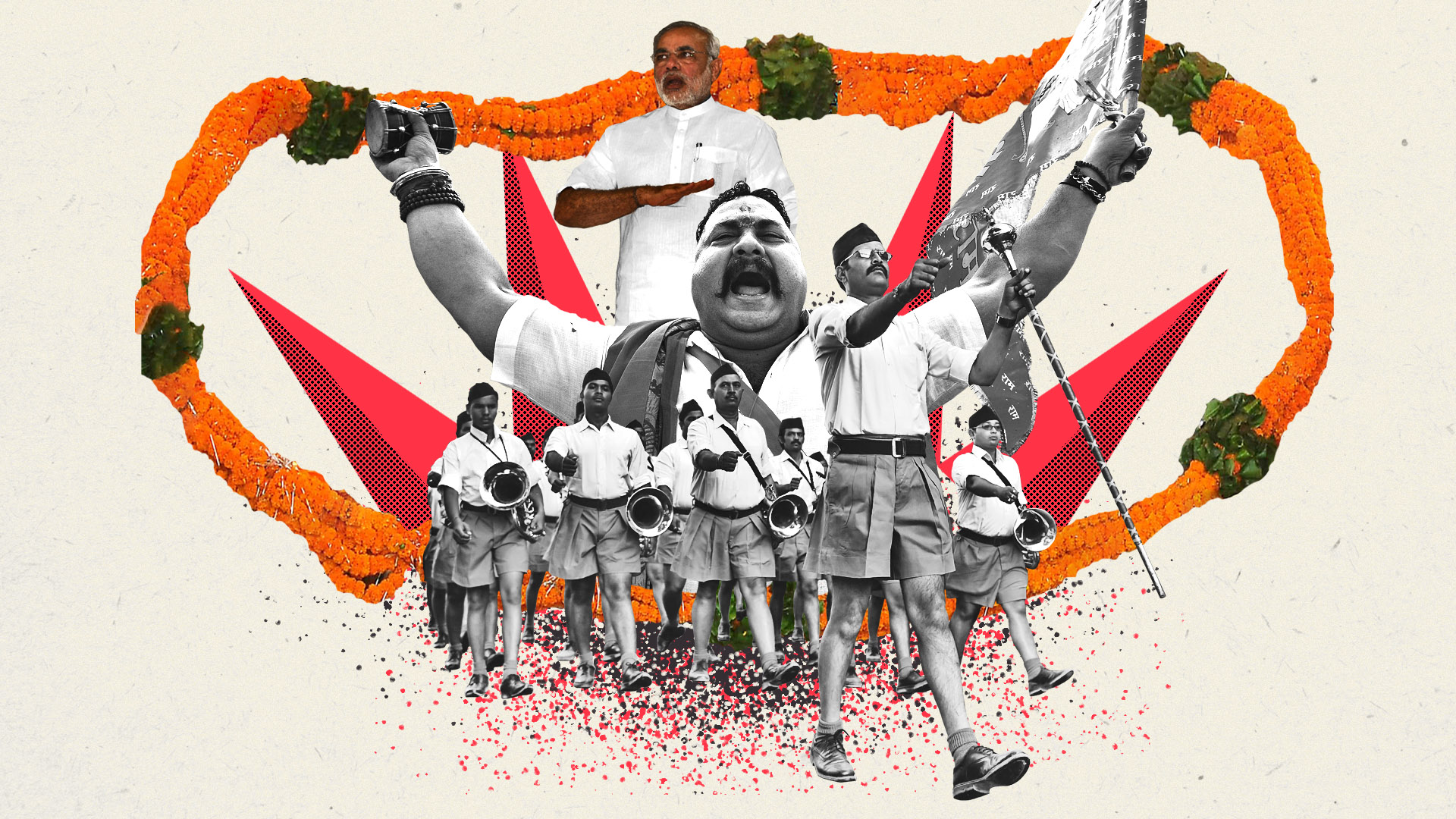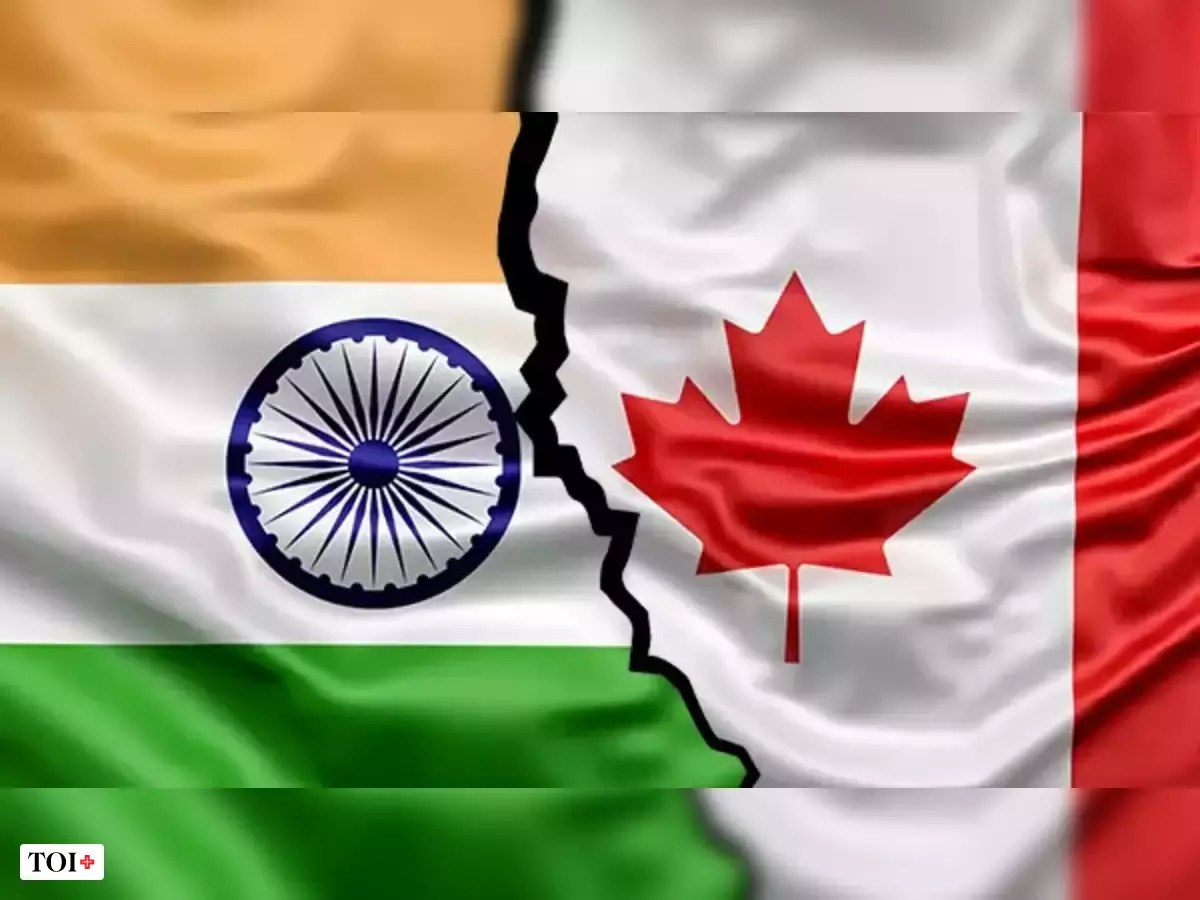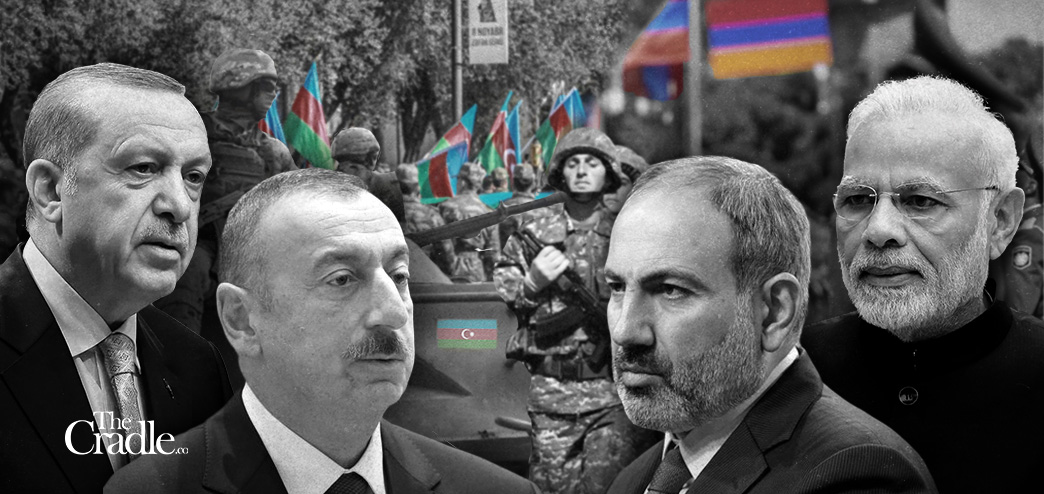In an effort to settle their growing dispute over the murder of a Sikh separatist leader on Canadian land, India and Canada have expelled each other’s diplomats on a tit-for-tat basis. The expulsions come in response to Justin Trudeau, the prime minister of Canada, who stated that there are “credible allegations” connecting the killing of Hardeep Singh Nijjar to the Narendra Modi administration in India. Nijjar was shot dead on June 18, 2023, outside a Sikh cultural center in Surrey, British Columbia. Nijjar was a prominent member of the Khalistan movement, which sought to establish an independent Sikh nation in the Indian state of Punjab.
The Conversation sought out Mark Juergensmeyer, a specialist in religious violence and Sikh nationalism at the University of California, Santa Barbara, as tensions between the two nations grew, to provide context for a diplomatic conflict that few anticipated.
The phrase “Khalistan” literally translates as “the land of the pure,” but in this context, “khalsa” broadly refers to the Sikh religious group, and the term “Khalistan” indicates that they ought to have their own country. The state of Punjab in northern India, home to 18 million Sikhs, would be a likely location for this nation. Another 8 million Sikhs reside outside of India, primarily in the United Kingdom, the United States, and Canada.
Prior to India’s partition, when the idea of a separate territory for Muslims in India was being discussed, the idea of an independent land for Sikhs first emerged.
At the time, some Sikhs believed that if Muslims could have “Pakistan,” the state created by partition in 1947, then there ought to also be a “Sikhistan” or “Khalistan.” The Indian government rejected that proposal, and the Sikhs joined the state of Punjab instead. The Punjab’s boundaries at the time were set up so that the Sikh population did not constitute a majority.
However, Sikhs persisted, in part because one of the core beliefs of their religion is “miri-piri,” the notion that political and religious authority are combined. In their 500-year history, Sikhs have fought for independence from the Moghuls, ruled their own kingdom, and formed the core of India’s armed forces both during colonial and independent periods.
The proposal to redraw the boundaries of Punjab state so that Sikhs would be in the majority included the idea of a separate country for Sikhs, which reappeared in the 1960s. The Indian government established Punjabi Suba, a state whose borders encompassed speakers of the Punjabi language used by the majority of Sikhs, as a result of the successful protests. They currently make up 58% of the population of Punjab, as it has been amended.
The massive militant rebellion that broke out in Punjab in the 1980s marked a dramatic return of the idea of a “Khalistan” that was independent of India. Many Sikhs who joined the militant movement did so because they desired not only an Indian state with a Sikh majority but also an independent Sikh homeland.
The 1980s Sikh rebellion saw a bloody confrontation between the Indian armed police and rebellious young Sikhs, many of whom continued to retain aspirations for an independent Punjabi state. a group of guys wielding firearms inside a building, wearing flowing white shirts and yellow or blue turbans.
During the deadly clashes between the Sikh insurgents and security personnel, thousands of lives were lost on both sides. When Prime Minister Indira Gandhi launched Operation Blue Star in 1984 to free militants from the Sikh Golden Temple in the holy city of Amritsar and capture or kill Sant Jarnail Singh Bhindranwale, the leader of the Khalistan cause, the situation reached a boiling point. Sikhs all around the globe were furious that the police had breached their sacred space when they killed him in the attack. In response, Sikh members of Indira Gandhi’s own security killed her.
The idea of Khalistan has recently gained traction among a number of fiery Sikh activists in India, and the Indian government is concerned that the 1980s-era militancy and violence will return. Before the movement grows too big and extreme, the Narendra Modi administration wants to put a stop to it.
Following the suppression of the Sikh rebellion in the early 1990s, many Sikh activists left India for Canada, where they were welcomed by a sizable Sikh population, many of whom had supported the idea of Khalistan. Since the early 20th century, a substantial Sikh expatriate community has been expanding throughout the nation, particularly in British Columbia and Ontario.
The ability to create their own conceptions of the Sikh community has drawn Sikhs to Canada in addition to the country’s economic benefits. Although it is against the law to endorse Khalistan in India, Sikh activists are free to advocate for the country there. Even though Khalistan would be in India, the support for it in Canada contributes to the diaspora Sikh identity’s solidification and gives the Canadian activists a sense of belonging to the Indian subcontinent.
In Canada, the Sikh diaspora makes up 4% of the population, which is larger than the proportion in India. They have political influence and represent a sizable portion of the voting population. In comparison to India, Canada’s cabinet has more Sikh members. While reassuring the Indian government that any violent activities will be prosecuted, Trudeau has also reminded Canadians that he respects free speech and the rights of Sikhs to talk and organize freely, so long as they do not contravene Canadian law.
Hindu nationalism is frequently supported by Prime Minister Modi’s Bharata Janata Party (BJP). The Modi administration recently referred to India as “Bharat” rather than “India” when hosting the G20 summit, which was attended by President Joe Biden and other international dignitaries. Hindu nationalists prefer “Bharat” as their preferred name. There is a climate of dread and mistrust among minorities in India, notably Sikhs and Muslims, as a result of this privileging and an uptick in hate crimes.
Given the sizeable Sikh population in Canada, it makes sense that Trudeau would wish to defend Sikh rights and express opposition to India’s shift toward Hindu nationalism. And this isn’t the first time that Modi and Trudeau have disagreed on the subject. For his connection with Jaspal Singh Atwal, a Khalistani supporter in Canada who was found guilty of attempting to kill the Punjab chief minister, Trudeau received harsh criticism in India in 2018.
However, there are good reasons for both nations to want to end their current diplomatic dispute. India and Canada share strategic concerns about their relations with China and strong commercial ties. It’s possible that all sides will eventually find a solution to reduce the tensions caused by this unpleasant episode.
